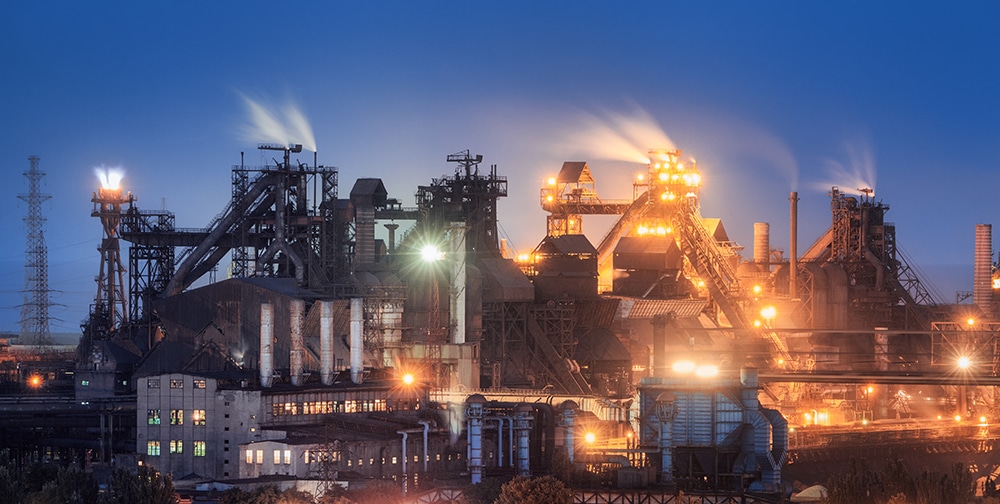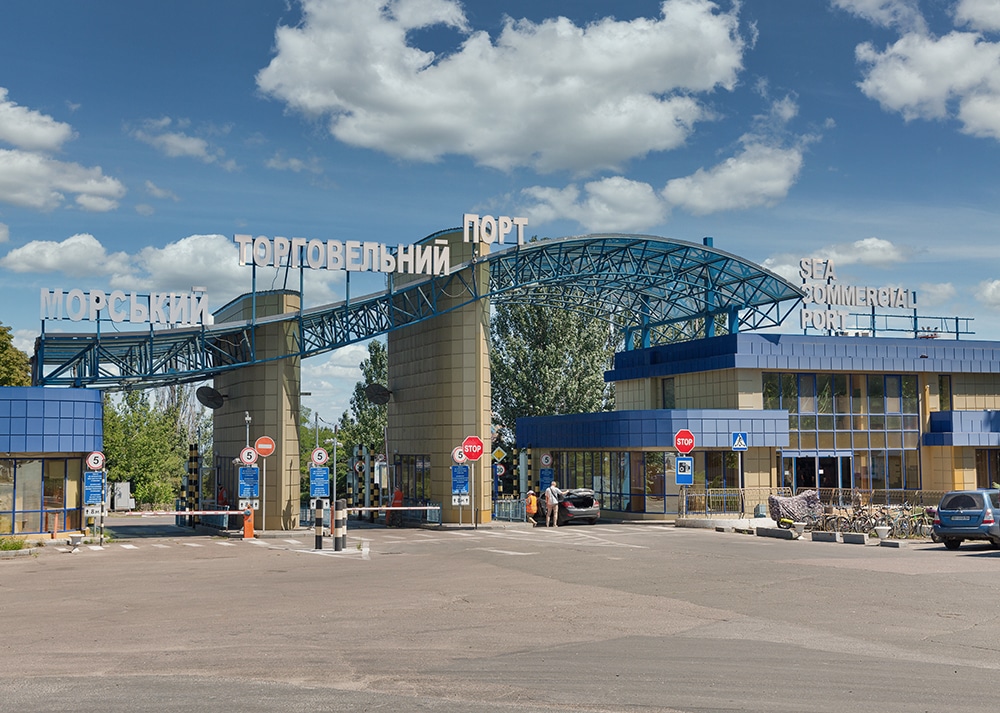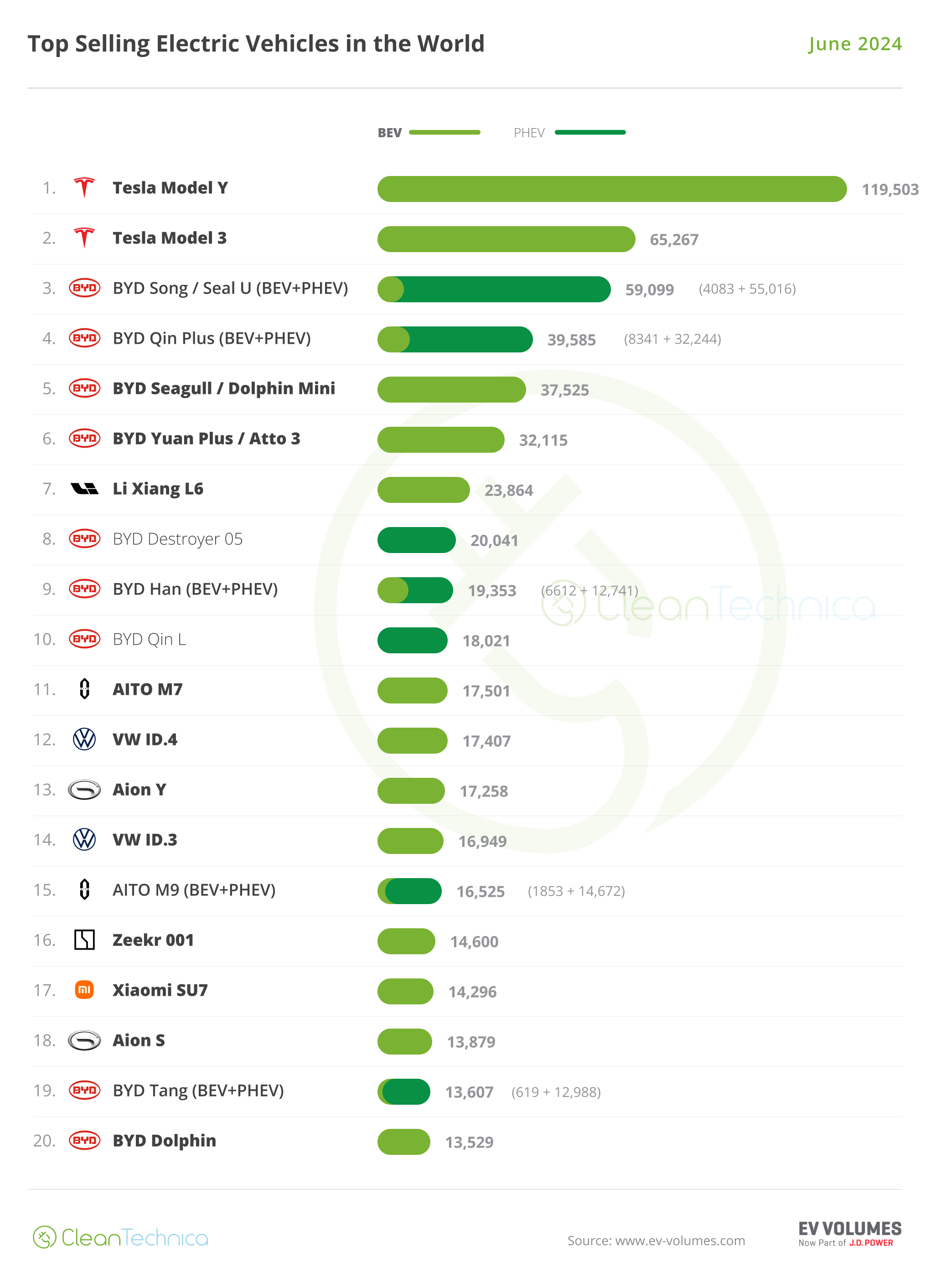According to a Metinvest official, Ukraine is currently seeking ways to increase steel industry exports to boost revenues into the country’s coffers. A December 5 announcement from the metals and mining group quoted its Chief Financial Officer Yuliya Dankova as saying that steelmakers in the country would require financing for small and medium-sized steel consumers, simplified customs procedures, and expansion of the export product range.” Metinvest noted that Dankova made the statements at the Export Credit Forum, which took place on December 1 in the Ukrainian capital of Kyiv.
Besides Ukraine’s steelmakers requiring help certifying their products in global markets, they also need to secure the safe shipment of products via the Black Sea, Dankova added. “We must have a constant supply of ships, insurance for them, and the ability to cooperate with financial institutions,” she noted. “We need to be able to receive funds not after crossing the Bosporus or Suez Canal, but as before, after loading products onto ships.”

Russia’s invasion of Ukraine, which began on February 24, 2022, saw the Kremlin blockade ports on the Black Sea. These are the same ports from which Ukrainian steelmakers would export their finished and semi-finished products to regions like Turkey, the Middle East, and Asia. The blockades also included the port of Mariupol, which came under bombardment in the conflict’s early days and saw the Ilyich and Azovstal plants sustain heavy damage.
Concerned about shifts in the global steel industry? Make sure you know the 5 best practices for sourcing metals.
The Ukrainian Steel Industry Continues to Struggle Amid the War
Approximately 70% of Ukraine’s steel production, including finished and semi-finished products, went to the export market before the conflict began. However, since then, the country has shipped some volumes via rail to Poland and Romania for further dispatch out of those countries’ ports.
In August, Ukraine established a maritime corridor out of the Odesa, Pivdennyi, and Chornomorsk ports, which lie in the western part of the country. They managed to dispatch around 140,000 metric tons of steel products from the first two in November alone. Nonetheless, that volume reflects a one-third drop from the 213,500 metric tons exported from those ports in October.

The creation of the corridor also allowed grain shipments to leave Ukraine after the previous agreement with Russia collapsed in July. It also facilitated the release of container ships stuck in Ukraine since the conflict began, which the previous grain agreement did not cover. However, traders continue to express a reluctance to acquire Ukrainian products. This is mainly due to the risk of damage and disruptions in logistics, which they fear would either cause severe delays in deliveries or even prevent the consignments from arriving at all. “The Black Sea route is still tricky,” one trader told MetalMiner. Reports also indicate that there is a risk of attacks by Russian vessels as well as mines within the maritime corridor.
Discover how MetalMiner Insights empowers you to optimize metal sourcing for maximum cost savings and ROI. Learn more.
Overall, Steel Production in Ukraine Remains in Decline
Crude steel production in the first 11 months of 2023 was down to slightly over 5.7 million metric tons. A December 6 announcement from the Ukrainian steelmaking association Ukrmetallurgprom indicated that this represents a 7.3% year-on-year drop from almost 6.16 million metric tons. Meanwhile, finished production declined by a similar percentage to 4.86 million metric tons from 5.24 million metric tons.
One source noted that crude capacity from the five steel industry operating mills in Ukraine not located in areas of military activity is an estimated 16 million metric tons. They also noted that capacity in 2007 was closer to 47.5 million metric tons. In comparison, crude steel production for 11 months of 2021 exceeded 19.6 million metric tons, reflecting a 5% increase year on year from 18.7 million metric tons.
Empower your steel purchasing with the latest steel market analysis and strategic advice during times of volatility. Sign up for MetalMiner’s free weekly newsletter here.




